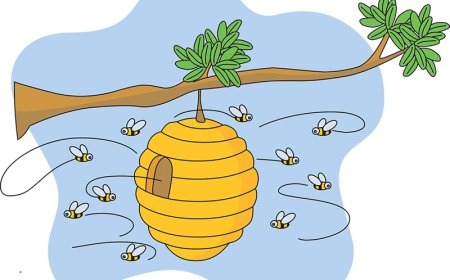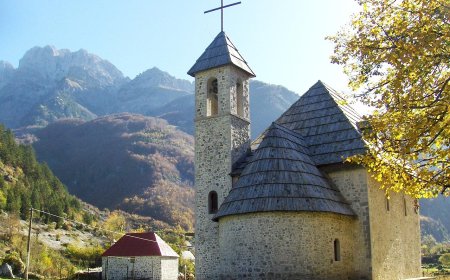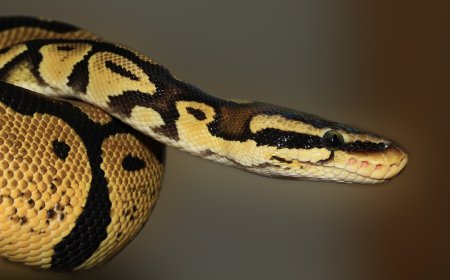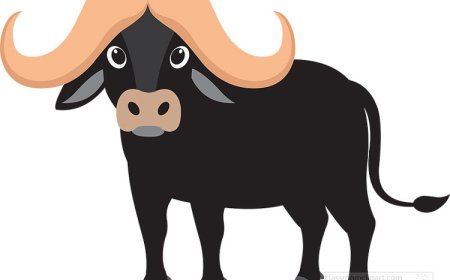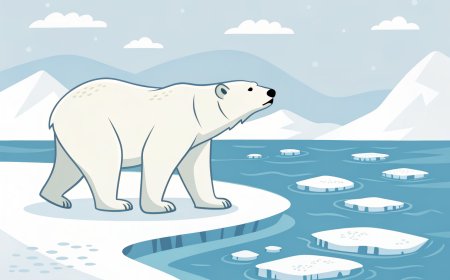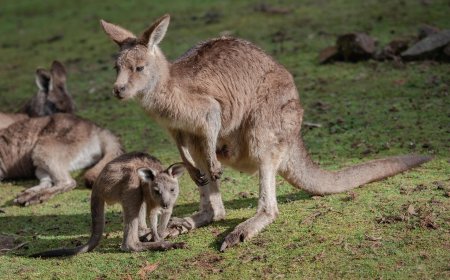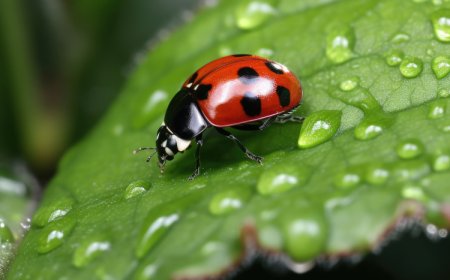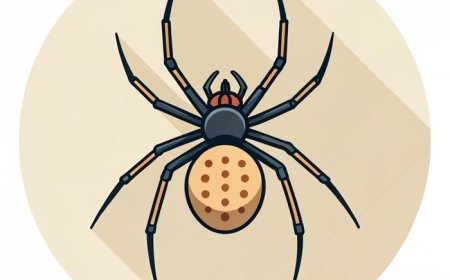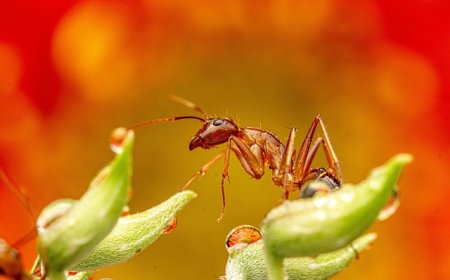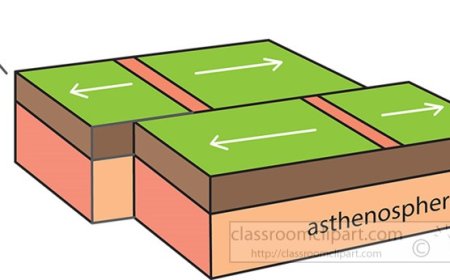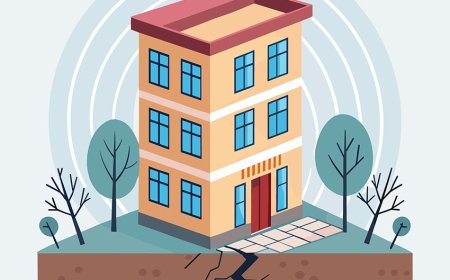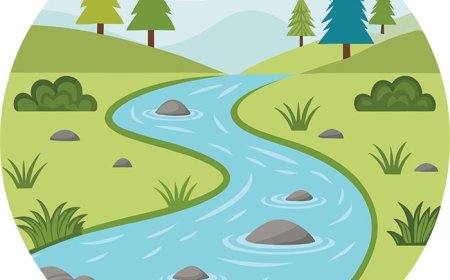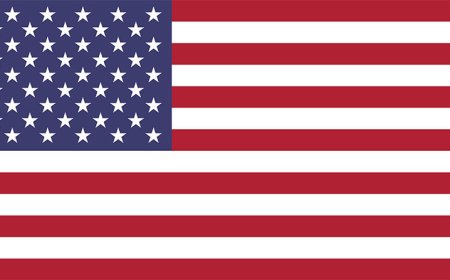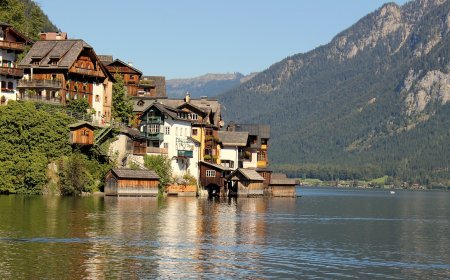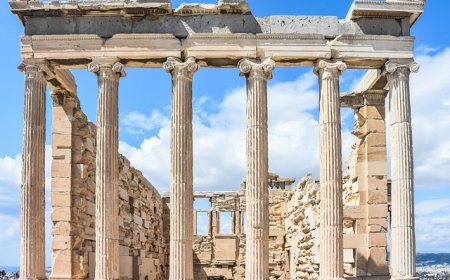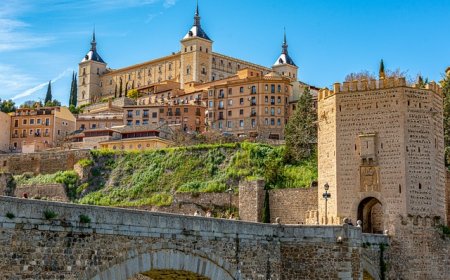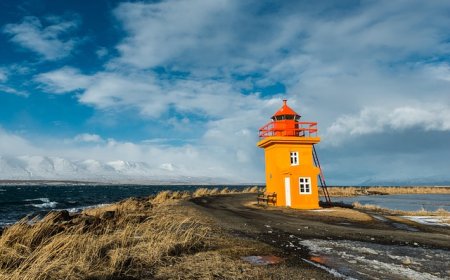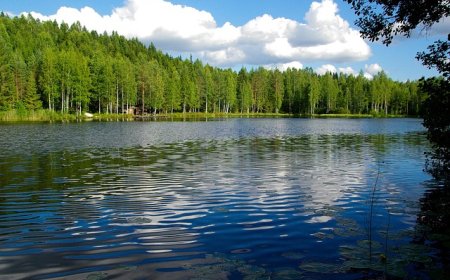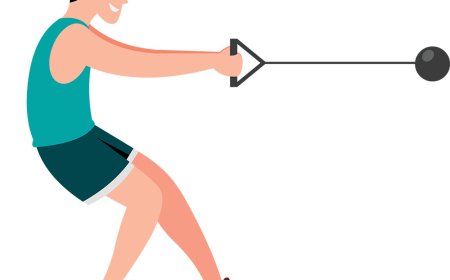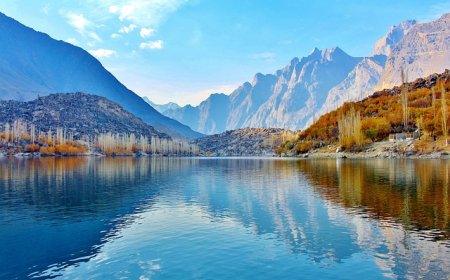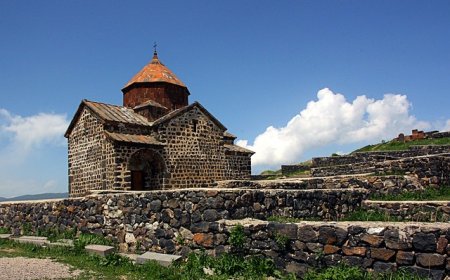Physical vs Chemical Changes Explained for Students
Learn the difference between physical and chemical changes with clear definitions real world examples and tips to tell them apart in labs and daily life
🌟 Introduction
Why does ice melt into water but a baked cake cannot turn back into batter? Both are changes in matter, but only one is a chemical change. Understanding the difference between physical and chemical changes helps students make sense of what happens in the kitchen, the lab, and the natural world. It also builds the observation skills needed for safe, accurate experiments.
🔍 What are Physical and Chemical Changes?
-
Physical Change - A change in the form or state of a substance without making a new substance. The particles are the same before and after.
-
Examples: melting ice, tearing paper, dissolving sugar in water, bending metal
-
-
Chemical Change - A change that creates a new substance with different properties. Particles are rearranged into new combinations.
-
Examples: rusting iron, baking a cake, burning wood, vinegar reacting with baking soda
-
Clues of a chemical change often include: color change, gas production (bubbles), temperature change without heating or cooling from outside, formation of a precipitate (solid), or a noticeable odor change.
💡 Why is the Difference Important?
-
Guides how we separate substances - Physical changes like dissolving can often be reversed by filtering or evaporating, while chemical changes usually cannot be reversed so easily.
-
Improves lab safety - Recognizing chemical reactions helps you prepare for heat, gas release, or other hazards.
-
Supports accurate science work - Knowing what kind of change occurred helps you choose the right measurements and controls.
-
Connects to real life - From cooking and cleaning to rust prevention and medicine, decisions depend on whether a change is physical or chemical.
-
Reinforces conservation of mass - In chemical reactions, mass is conserved even though substances transform into new products.
🧪 Examples You Can See and Try
-
Physical:
-
Ice melting to water and refreezing to ice
-
Aluminum foil crumpling and being smoothed out
-
Salt dissolving in water and then reappearing after evaporation
-
-
Chemical:
-
Effervescent tablet bubbling in water and forming new substances
-
Steel wool rusting when exposed to moisture and oxygen
-
Milk souring over time due to chemical reactions
-
✨ Fun Facts
-
The fizz you see when baking soda meets vinegar is carbon dioxide gas produced by a chemical reaction.
-
Glow sticks light up because of a chemical change called chemiluminescence.
-
Cutting an apple is a physical change, but it turning brown is a chemical change called oxidation.
📌 Key Takeaways
-
Physical changes alter form or state but do not make new substances.
-
Chemical changes create new substances with new properties.
-
Common chemical-change clues: color change, gas, heat or light, precipitate, odor.
-
Some physical changes are reversible; many chemical changes are hard to reverse.
-
Mass is conserved in both types of changes; particles are rearranged in chemical changes.
🐾 Kid-Friendly Summary
A physical change is like changing clothes-the material is the same, just looks different. A chemical change is like baking a cake-the batter turns into something new and you cannot get the batter back.
📚 Vocabulary Words
-
Physical Change - Change in size, shape, or state without making a new substance
-
Chemical Change - Change that produces a new substance with new properties
-
Reaction - Process where substances change into new substances
-
Precipitate - A solid that forms during a chemical reaction in a liquid
-
Oxidation - Chemical reaction with oxygen such as rusting or browning fruit
-
Endothermic - Reaction that absorbs heat
-
Exothermic - Reaction that releases heat
-
Conservation of Mass - Total mass stays the same during physical and chemical changes
-
Reversible - Can be changed back to the original state or form
-
Irreversible - Cannot easily be changed back
🧠 Interactive Quiz
Choose the best answer for each question.
-
Which is a physical change?
- A. Rust forming on a bike
- B. Ice melting into water
- C. Vinegar reacting with baking soda
- D. Wood burning in a fire
-
Which clue best suggests a chemical change?
- A. Change in shape
- B. Change in state
- C. Formation of a gas or precipitate
- D. Breaking into smaller pieces
-
Which example is a chemical change?
- A. Dissolving salt in water
- B. Cutting paper
- C. Baking a cake
- D. Melting butter
-
During a chemical change the total mass of the system:
- A. Always decreases
- B. Always increases
- C. Stays the same overall
- D. Depends only on temperature
-
Which statement is true?
- A. All physical changes are irreversible
- B. All chemical changes are reversible
- C. Physical changes do not create new substances
- D. Chemical changes never produce heat


